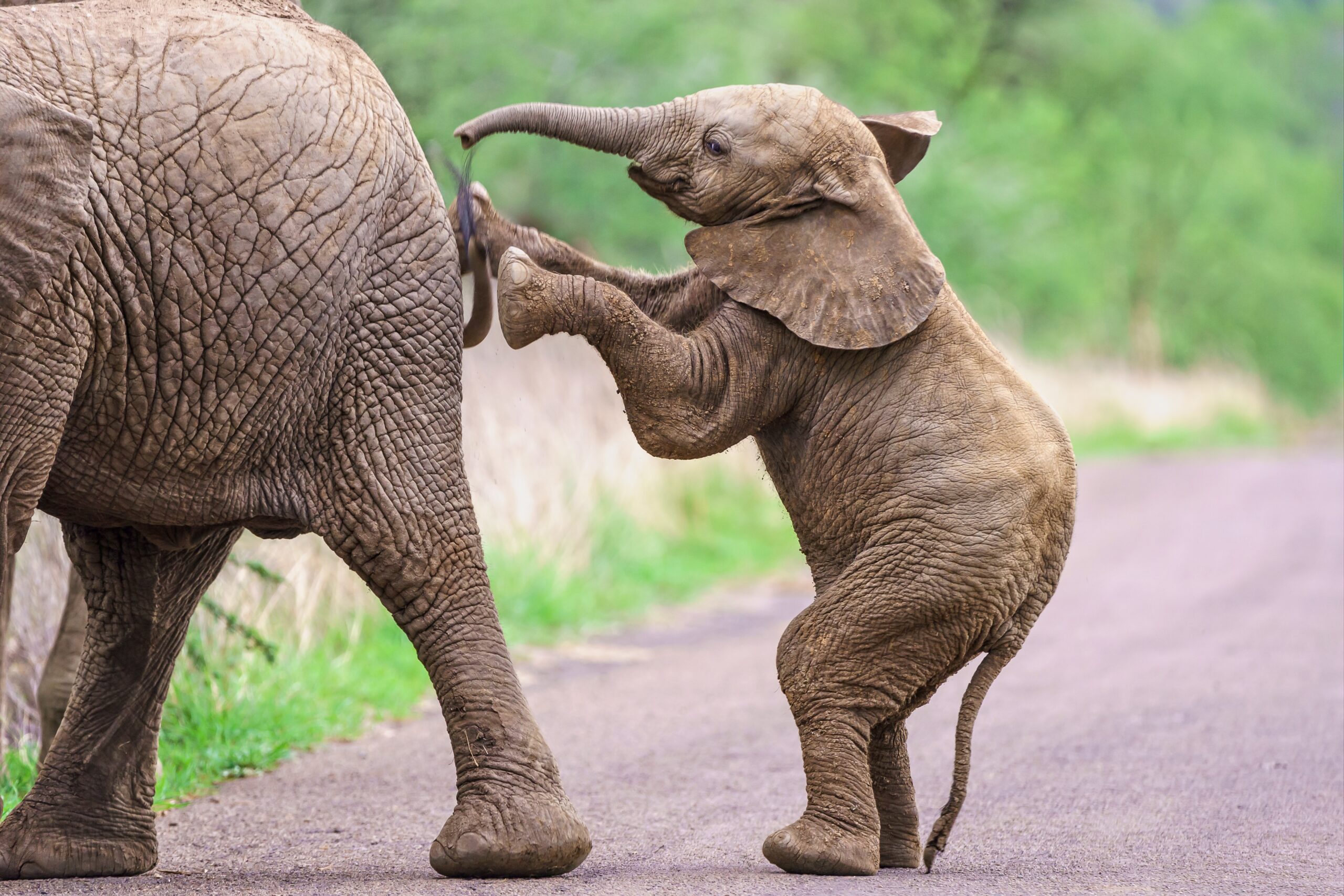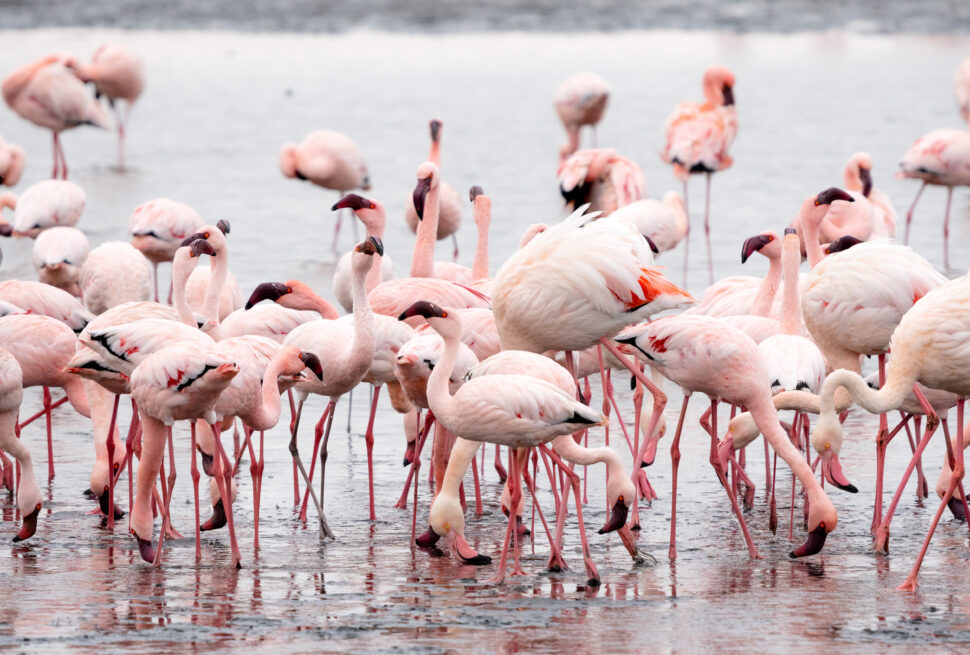Nestled at the foothills of Mount Kilimanjaro in Kenya, Amboseli National Park stands as a testament to the awe-inspiring beauty of the African wilderness. This remarkable ecosystem is renowned for its diverse wildlife, but it is the majestic elephants that truly steal the show. In this blog post, we will delve into the extraordinary world of Amboseli’s elephants, shedding light on their significance, behavior, and the efforts being made to protect them.
The Significance of Amboseli’s Elephants:
The elephants of Amboseli are not just iconic figures within the park, but also hold great ecological importance. They play a crucial role in maintaining the balance of the ecosystem by shaping the landscape through their feeding habits. These gentle giants have the ability to transform dense forests into open grasslands, thereby creating habitats for a multitude of other species. Additionally, elephants are known as “ecosystem engineers” as they disperse seeds through their dung, contributing to the growth of vegetation.
Behavior and Social Structure:
The elephants of Amboseli are known for their complex social structures and close-knit family bonds. They live in matriarchal societies, where the oldest and most experienced female leads the herd. These herds can consist of up to 100 individuals, comprising females, their calves, and young males. The matriarch guides and protects the herd, sharing her wisdom and ensuring the survival of the group.
Elephants are highly intelligent creatures, capable of displaying a wide range of emotions and exhibiting remarkable memory. They communicate through a variety of vocalizations, low-frequency rumbles, and infrasound, which can travel over long distances. Their intricate social interactions and emotional connections make them one of the most fascinating species to observe in the wild.
Conservation Efforts:
Despite their significance, elephants face numerous threats, including habitat loss, poaching, and human-wildlife conflict. Amboseli National Park, in collaboration with local communities and conservation organizations, has been at the forefront of efforts to protect these magnificent creatures.
Rangers and researchers work tirelessly to monitor and protect the elephants from poaching, employing advanced technology such as GPS tracking collars and aerial surveillance. Community engagement programs aim to reduce human-wildlife conflict by implementing sustainable practices and educating local communities about the importance of elephant conservation.
Tourism also plays a vital role in the conservation of Amboseli’s elephants. Responsible tourism, focused on ethical wildlife viewing and supporting local communities, generates revenue that can be reinvested in conservation initiatives. By visiting Amboseli, tourists contribute to the preservation of this unique ecosystem and support the ongoing protection of its elephants.
Conclusion:
Amboseli National Park serves as a sanctuary for the awe-inspiring elephants that roam its vast landscapes. These gentle giants captivate visitors with their grandeur, intelligence, and complex social structures. By understanding and appreciating the significance of Amboseli’s elephants, we can work together to ensure their survival for generations to come. Let us embrace the responsibility to protect these magnificent creatures and safeguard the delicate balance of Amboseli’s natural wonders.



